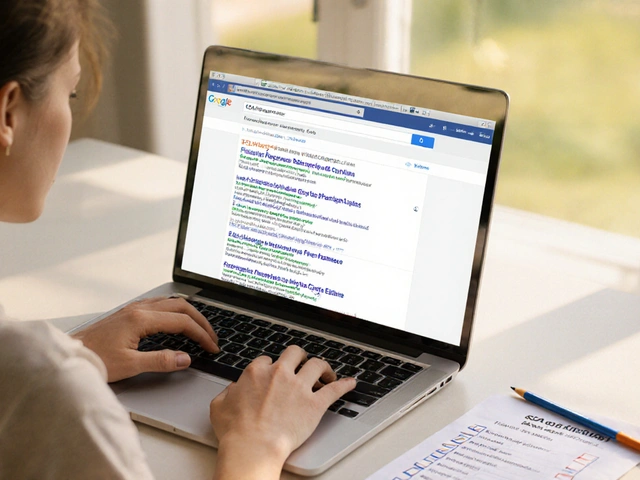Functional Dyspepsia – What It Is and How to Feel Better
If your stomach often feels full, bloated, or painful after a meal, you might be dealing with functional dyspepsia. It’s basically chronic indigestion without an obvious medical cause. The good news? Most people can manage it with simple lifestyle tweaks and over‑the‑counter help.
Common Triggers & Symptoms
The symptoms vary, but the core ones are:
- A burning or gnawing pain in the upper abdomen
- Early fullness – you feel full after just a few bites
- Bloating and belching that stick around for hours
- Nausea or an uncomfortable feeling of “stuffed up” after eating
Things that can set off these feelings include spicy foods, caffeine, alcohol, large meals, and even stress. Notice a pattern? Keeping a quick food‑and‑symptom diary often reveals the hidden culprits.
Easy Ways to Manage the Discomfort
Here are practical steps you can try right away:
- Eat smaller, more frequent meals. Instead of three big plates, aim for five to six lighter portions spread throughout the day.
- Chew slowly and thoroughly. Digestion starts in your mouth; giving it a chance can calm stomach irritation.
- Limit trigger foods. Reduce spicy sauces, fried snacks, carbonated drinks, and anything you’ve flagged in your diary.
- Stay upright after eating. A short walk or sitting up for at least an hour helps food move through the stomach more smoothly.
- Manage stress. Simple breathing exercises, a brief meditation, or light stretching can lower gut‑brain tension that fuels dyspepsia.
If over‑the‑counter options feel right for you, antacids or H2 blockers (like ranitidine alternatives) may provide quick relief. For persistent cases, a doctor might suggest a short course of a proton pump inhibitor or a pro‑kinetic agent that helps the stomach empty faster.
When should you see a professional? If pain is severe, you lose weight unintentionally, notice vomiting blood, or symptoms last more than three weeks despite self‑care, book an appointment. A doctor can rule out ulcers, gallbladder issues, or infections that need specific treatment.
On this tag page you’ll also find articles that touch on related topics:
- Baclofen: Uses, Side Effects, Dosage, and Patient Guide
- Best Alternatives to Flagyl for Bacterial Vaginosis in 2025
- Top 9 Alternatives to RexMD.com for ED Medications
- Dyskinesias and Biofeedback: A Promising Treatment Option
All of these posts are written with the same practical tone, so you can quickly find trustworthy advice without wading through jargon.
Bottom line: functional dyspepsia is annoying but manageable. By spotting your triggers, adjusting meal habits, and using simple over‑the‑counter aids when needed, most people get back to comfortable eating in a few weeks. Keep track of what works, stay patient, and don’t hesitate to ask a health professional if things don’t improve.
The Connection Between Functional Dyspepsia and Acid Reflux
In my latest research, I've discovered an intriguing connection between functional dyspepsia and acid reflux. Both conditions involve the digestive tract and often cause discomfort, but they're not the same thing. Functional dyspepsia, characterized by consistent upper abdominal discomfort, is a chronic disorder that can significantly impact your quality of life. Acid reflux, on the other hand, is when stomach acid frequently flows back into the tube connecting your mouth and stomach, leading to symptoms like heartburn. The two conditions can coexist, complicating diagnosis and treatment, but understanding their relationship is crucial for effective management.
About
Health and Wellness
Latest Posts


Understanding Priligy Tablets for Premature Ejaculation Treatment: A Comprehensive Drug Guide
By Orion Kingsworth Mar 22, 2024

How to Buy Cheap Generic Cymbalta Online Safely - 2025 Guide
By Orion Kingsworth Oct 9, 2025

Albendazole in Pregnancy: Safety, Risks, and Guidelines Explained
By Orion Kingsworth May 23, 2025
